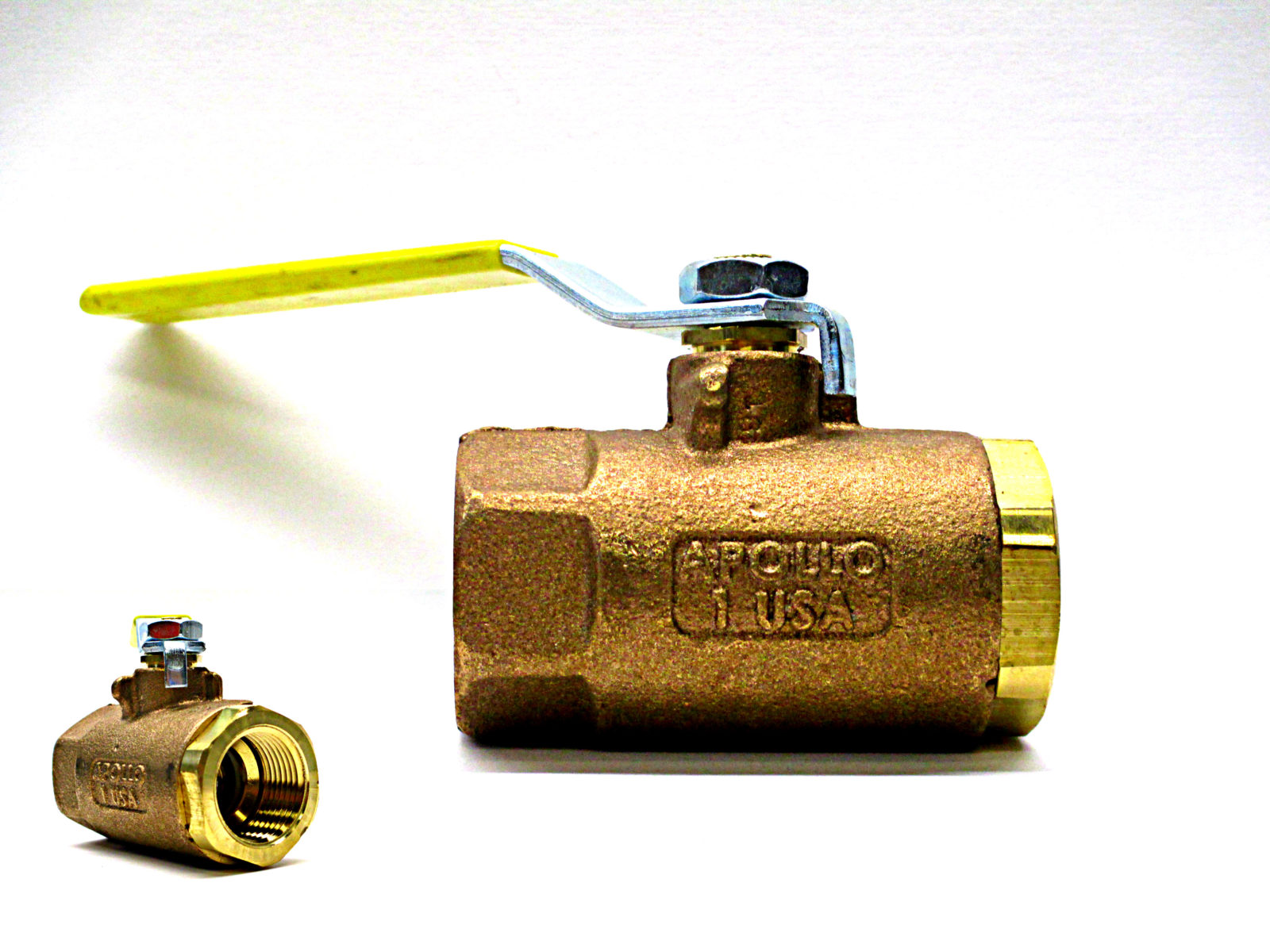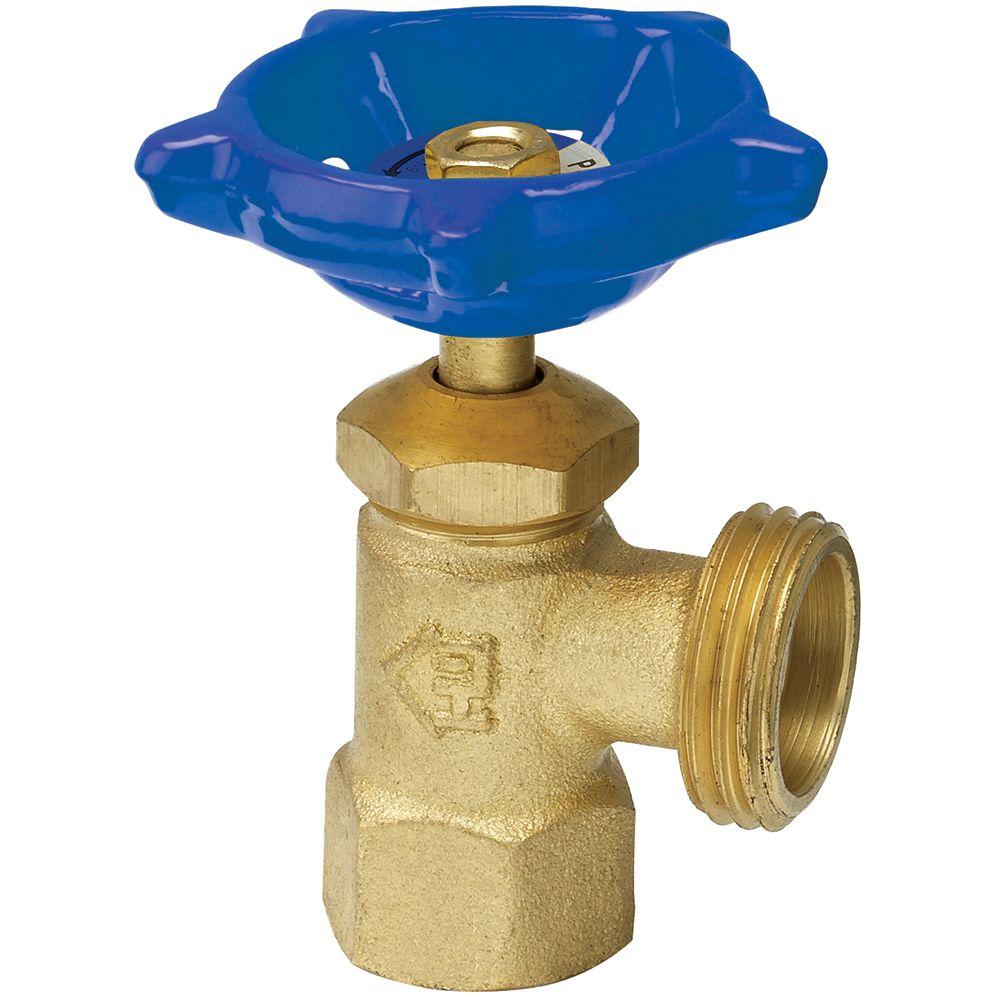Discover What Makes Knowing Valve Location Matters
Discover What Makes Knowing Valve Location Matters
Blog Article
What are your ideas regarding 3 Waterproofing Tips For Your Home during the Shower/Storm Season?

The plumbing system of your house is a complex network of pipes and shut-off valves. In the occasion of an emergency, you can reduce the water using the valves.
Why Must I Bother with This?
Besides, specialist servicemen will shut down these valves when there are fixings in local lines. Your washroom sink is damaged, so you can readily locate the shut-off valve below the sink. Nevertheless, for significant leaks, you must close the mainline shut-off valve. If you will be away for vacation, it is also great method to turn this off.
The longer you wait to close the shut-off valve, the more substantial the damage will be. You may not have adequate time to figure out just how to shut the shutoffs when you're stressing amidst an emergency.
What Does the Shut-Off Shutoff Resemble?
This is usually a knob that allows you to switch off the water for a certain home appliance, a localized area (for instance the entire second floor), or for the whole property. It is important to recognize where these shutoffs are, so when something surface in any type of area of your home, you can shut it right now. This will help you prevent substantial water damage that will cost thousands to repair.
Where are These Found?
Your ideal bet is to call a water remediation services firm for support. If you have a rather moderate-sized house, attempt looking for a knob or lever.
Typically, builders set up the valves near or within the primary, ground-floor washrooms. The shutoffs are supposed to be visible, some select to camouflage them for visual factors.
When to Call a Specialist?
Should the abovementioned hold true for your localized shutoffs, you have nothing else selection however to turn off the major water line, cutting the resource of water in your whole home. After that call the plumber to evaluate the issue and shut down the shutoff in that location only so you can use the remainder of the plumbing in other locations of your house.
Keep in mind, these shutoffs are lifesavers as well as necessary for any kind of plumbing fixing. You can transform them off if you find any type of leaks to avoid further damages. Your residence can get swamped not only with natural calamities but because of a burst pipe. In case of a plumbing emergency, shut down these valves to avoid problems that call a reputable water damage reconstruction service provider.
The plumbing system of your home is a complex network of pipelines and shut-off shutoffs. In the event of an emergency, you can reduce the water utilizing the valves. The longer you wait to shut the shut-off shutoff, the a lot more extensive the damage will certainly be. It is vital to recognize where these shutoffs are, so when something crops up in any type of location of your residence, you can shut it right away. In the occasion of a plumbing emergency, closed down these shutoffs to protect against complications that call a reliable water damages restoration company.
How to Shut Off Water Valves
The Shutoff Valve to the Water Supply for an Individual Plumbing Fixture
To stop the flow of water to a specific appliance such as a sink, check the pipes for the nearest valve; it will likely be made of chrome and located directly below the fixture. Many showers and sinks have two valves for hot and cold water respectively, so make sure to turn them both off. Appliances like dishwashers, How to Shut Off Water Valveswashing machines, and refrigerators sometimes have switches, rather than valves, on the hoses connecting them to the wall. Water heater valves are usually located on the pipes above.
When it comes to which way you should turn the valve, keep in mind the old saying “righty tighty, lefty loosey.” In other words, turning a valve clockwise, or to the right, will restrict the flow of water while turning it counterclockwise, or to the left, will allow water to flow. If you have trouble turning the valve, wear a work glove to get a better grip, or use a wrench. Once you turn all of the valves clockwise as far as they will go, the water supply should be successfully shut off.
Before you start making repairs, have a bucket nearby so that you can drain any water that was left over in the pipes. After you finish the job, turn the valves counterclockwise as far as they will go to restore the water flow.
The Shutoff Valve for the Main Water Supply to Your Home
The first step is locating your main shutoff valve. You probably have a brass valve with a round handle near the area where water enters your home. It could be located in your kitchen, a utility closet, a downstairs bathroom, or even on an outside wall. Turning the valve clockwise as far as it can go should shut off all of the water fixtures in your home; however, you’ll need to turn on all faucets to empty any water left remaining in the pipes. Let your sinks and showers run until all water flow ceases, and then turn all faucets to the off position. After finishing your repairs or installations, turn the main valve back counterclockwise.
The Shutoff Valve for the Water Supply to Your Entire Property
Before you do anything, call your water company and ask for permission to access your street shutoff valve. If your home’s main water valve fails or needs replacing, you must turn off the water supply to your whole property before attempting repairs. You’d also need to do this before trying to fix a leak in the pipes connecting your home to the street valve. The shutoff valve for the property is usually located in the same metal box that contains the water meter. Remove the box cover and look for a handle; you might need a long wrench to reach it.
Different cities have different types of street valves. Ball valves have long, thin handles while gate valves have more rounded handles. A ball valve handle will usually be aligned with the pipe while open; turn it 90 degrees to the right to turn it off. Gate valve handles should be turned clockwise as far as possible to stop the water flow.

I was made aware of that write-up about 3 Ways to Defend Your Home for Possible Water Damage through an acquaintance on another web address. Are you aware of anybody else who is interested in the subject? Be sure share it. I take joy in reading our article about 3 Ways to Defend Your Home for Possible Water Damage.
Problem? Contact now! Report this page